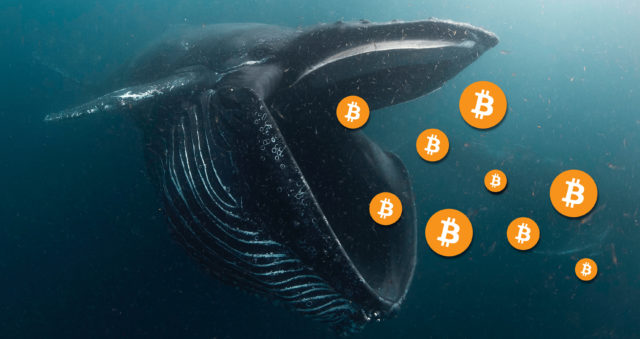NASA, the United States Space Agency, published official images of the launch of the spacecraft on social media Europa Clipper which took place in the early afternoon of this Monday (14). The main objective of the new mission is to investigate whether there are living conditions in the Jupiter’s moon Europa based on previous observations that indicated the possibility of water at the site.
“Leaving our aquatic world to explore another,” writes NASA’s official Instagram profile. “Jupiter’s moon Europa shows strong evidence of a liquid water ocean beneath its icy crust. Besides Earth, Europa is considered one of the most promising potentially habitable environments in our solar system,” explains the agency. Check out the launch images in the gallery above.
Scientists involved in the mission have a keen interest in the liquid saltwater ocean that previous observations have indicated lies beneath Europa’s frozen crust.
Bonnie Buratti, planetary scientist at NASA’s Jet Propulsion Laboratory and deputy project scientist for the mission, told CNN International that there are three main requirements for the formation of life: liquid water, certain chemistry — specifically organic compounds that could serve as food for any primitive organism — and a source of energy. The idea is that Jupiter’s moon provides them all.
The Europa Clipper spacecraft will also be essential in helping NASA determine where to send follow-up missions, such as parts of the ice crust that may be thin and where subsurface ocean water may gush out, said Laurie Leshin, director of the NASA Propulsion Laboratory. NASA jet, to Reuters.
“If we get there and we do this investigation, and the good news is that it has all the ingredients and is habitable, what that means is that there are two places in a solar system that have all the ingredients for life that are habitable.” right now at the same time,” Niebur said.
“Think about what this means when you extend this result to the billions and billions of other solar systems in this galaxy,” he added. “Leaving aside the question of whether ‘life exists’ on Europa, just the question of habitability itself opens up a huge new paradigm for the search for life in the galaxy.”
What will the mission be like?
The US space agency’s solar-powered robotic spacecraft, Europa Clipper, was launched on a SpaceX Falcon Heavy rocket from Kennedy Space Center in Cape Canaveral, carrying nine scientific instruments. After covering 2.9 billion km in a journey lasting around 5 and a half years, the Europa Clipper should enter into orbit around Jupiter in 2030 .
The Europa Clipper is the largest spacecraft NASA has ever built for a planetary mission, measuring approximately 30.5 meters long, approximately 17.6 meters wide and weighing approximately 6,000 kg. It is larger than a basketball court because of its large solar panels, which capture sunlight to power scientific instruments, electronics and other subsystems.
The spacecraft must fly by Mars and then back by Earth, using each planet’s gravity like a slingshot to increase its speed. It has three main goals: measuring the thickness of Europa’s outer ice layer and its interactions with the subsurface below, discovering the moon’s composition and determining its geology.
NASA is planning for its spacecraft to perform 49 close flybys of Europa over a three-year period.
*With information from Reuters and CNN International
NASA develops new technique for mapping eclipse routes; understand
This content was originally published in NASA shows launch of mission that will study whether there is water on Jupiter’s moon; see the CNN Brasil website.
Source: CNN Brasil
Charles Grill is a tech-savvy writer with over 3 years of experience in the field. He writes on a variety of technology-related topics and has a strong focus on the latest advancements in the industry. He is connected with several online news websites and is currently contributing to a technology-focused platform.







